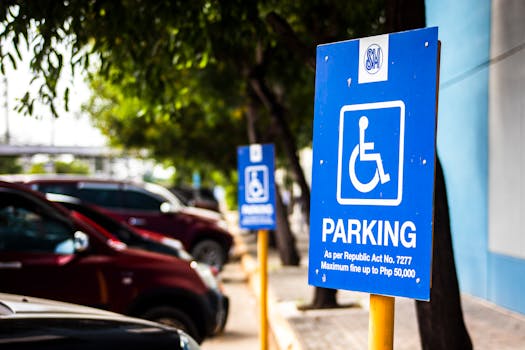
**
The automotive industry is bracing for a potential wave of hefty penalties as governments worldwide tighten their grip on vehicle emissions. Stringent new regulations, designed to combat climate change and improve air quality, are leaving automakers facing billions of dollars in potential fines and a major restructuring of their production strategies. This escalating situation presents both challenges and opportunities for the industry, forcing rapid innovation and a shift towards sustainable mobility solutions. This article delves into the complexities of these new emissions rules, the potential penalties involved, and the impact on the global automotive landscape.
The Tightening Net of Emission Standards: Euro 7, California's Advanced Clean Cars II, and Beyond
Several jurisdictions are leading the charge in implementing stricter emissions standards. The upcoming Euro 7 regulations in Europe represent a significant step, imposing tighter limits on pollutants like nitrogen oxides (NOx) and particulate matter (PM). These rules, slated for implementation in 2025, will require automakers to significantly reduce emissions across their entire fleet. Failure to comply could result in substantial fines, potentially impacting profitability and brand reputation.
Across the Atlantic, California's Advanced Clean Cars II (ACC II) program is setting even more ambitious targets. ACC II mandates a significant increase in the share of zero-emission vehicles (ZEVs) – including battery electric vehicles (BEVs) and fuel cell electric vehicles (FCEVs) – sold within the state. This aggressive push towards electrification is forcing automakers to accelerate their investments in EV technology and infrastructure. Non-compliance with California's strict regulations will trigger significant penalties and could have ripple effects nationally, given California's influence on automotive standards.
Beyond Europe and California, other regions are also strengthening their emissions rules. China, the world's largest automotive market, is continuously updating its emission standards, pushing manufacturers to develop cleaner vehicles for its massive consumer base. Similar trends are emerging in other parts of Asia, as well as in South America and other regions striving for cleaner air and reduced carbon footprints.
The Financial Stakes: Billions at Risk for Non-Compliance
The financial consequences of failing to meet these stringent emissions targets are substantial. Penalties can range from millions to billions of dollars depending on the severity of the infraction and the number of non-compliant vehicles. These fines are not merely a financial burden; they can also damage a company’s reputation, impacting sales and investor confidence.
- High Fines: Individual fines per vehicle can reach tens of thousands of dollars, escalating quickly when multiplied across a large fleet of non-compliant cars and trucks.
- Market Share Loss: Non-compliance can lead to sales restrictions or even bans in certain markets, severely impacting market share and profitability.
- Reputational Damage: Failing to meet environmental standards can erode public trust, potentially causing long-term damage to a brand’s image.
- Increased R&D Costs: The rush to meet tighter regulations forces automakers to invest heavily in research and development of new technologies, adding significant pressure to profit margins.
The Industry Response: Adaptation and Innovation
Facing this impending wave of stricter regulations, automakers are responding in several ways:
- Accelerated Electrification: The most significant shift is the rapid expansion of electric vehicle production. Companies are investing billions in battery technology, charging infrastructure, and electric vehicle development to meet growing demand and comply with ZEV mandates.
- Investment in Hybrid Technology: Hybrid vehicles, combining gasoline engines with electric motors, offer a transitional pathway towards full electrification, allowing automakers to gradually meet emissions targets.
- Software and Efficiency Improvements: Advanced software, optimizing engine performance and reducing fuel consumption, plays a crucial role in meeting tighter emissions limits.
- Renewable Energy Sourcing: Many manufacturers are incorporating renewable energy sources into their manufacturing processes, reducing their overall carbon footprint.
Opportunities Amidst the Challenges
While the stricter emissions regulations present significant challenges, they also unlock opportunities for innovation and growth. The transition to electric vehicles is driving a technological revolution, creating new markets for battery technology, charging infrastructure, and related services. Companies that can successfully navigate this transition will gain a competitive advantage.
The Future of Automotive Emissions: A Path Toward Sustainability
The escalating penalties associated with stricter emissions rules are forcing a fundamental shift in the automotive industry. The focus is increasingly on sustainable mobility solutions, with electric vehicles leading the charge. While the challenges are immense, this transition is essential for mitigating climate change and improving air quality. The automakers that can effectively adapt to these regulations, embracing innovation and sustainability, will be best positioned for long-term success. The coming years will be critical in determining which companies thrive and which struggle to keep pace with the evolving landscape of automotive emissions regulations. The era of high penalties for non-compliance serves as a potent catalyst for a greener, more sustainable future for the automobile industry.




















